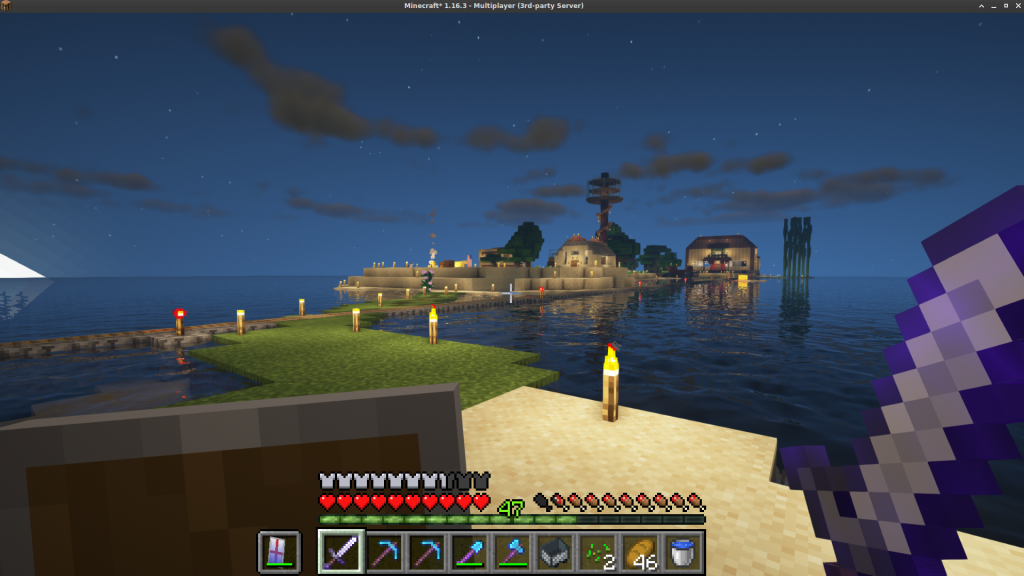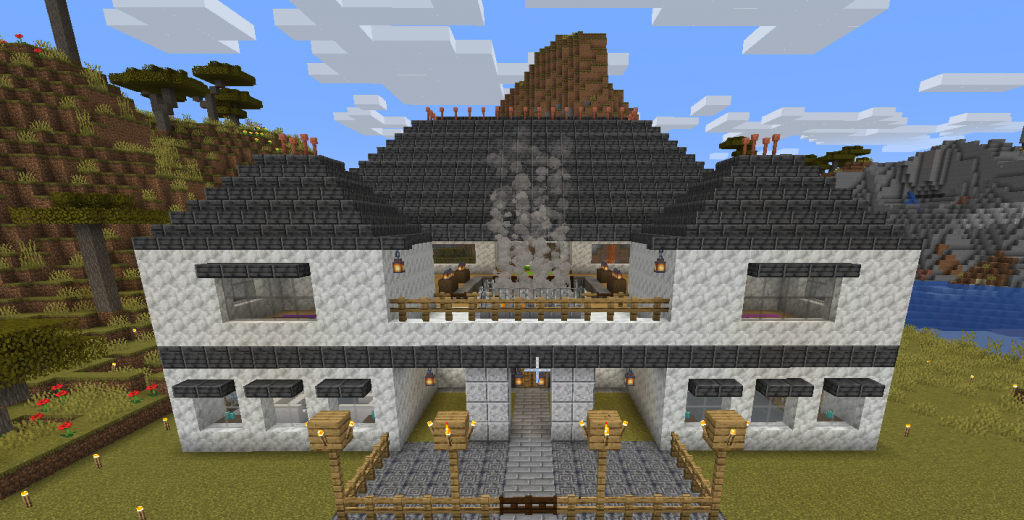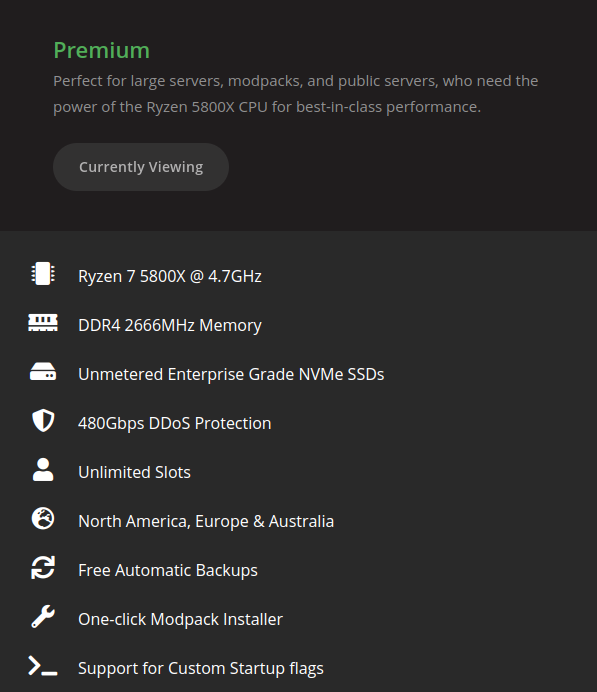
Introduction
This website originally started as a landing page for Minecraft servers I was running for friends online. I ran both vanilla and modded Minecraft Java Edition servers, with over 20 concurrent users at peak.

History

I originally hosted Minecraft on Google Cloud Platform back in 2020, but found it quite expensive to run. I experimented with a number of options to reduce the cost, and make the server only available when users wanted to play. I developed my own backup system, daemonized the Minecraft service, and even developed a full Ansible automation playbook to fully install and set up a Minecraft server on a blank Linux virtual machine, which worked on-premise, in AWS, and GCP.
I have a number of articles on running Minecraft servers, doing proper backups, pre-generating world chunks, and other related topics.
For a while, I ran the Minecraft servers on my homelab, which mainly consist of Dell R630 servers, with Intel Xeon Haswell CPUs. These have many cores, but lower clock speed (2.20Ghz – 2.40Ghz). Minecraft still depends on high clock speed for the main thread, and doesn’t make good use of multiple cores. This is due to the way it was originally developed in Java.
Because of this limitation, as the world grew, and the number of players increased, we started seeing more performance issues, and it wasn’t possible to add more resources to the server to improve things. We restarted the world a few times around major upgrades, but it became more difficult to maintain.
Currently, the Minecraft servers are decommissioned, but I do have copies of the world backups hosted in AWS for anyone interested.
Today
I’m currently maintaining a Minecraft server running on Pebblehost for a friend who runs a YouTube channel:
He streams his gaming on YouTube, and plays games like Minecraft, Terraria, Dead Cells, and more.
The Minecraft world is on a Premium Server, with 8GB RAM, and has access to a Ryzen 7 5800X @ 4.7Ghz.

The players have had no performance issues since we migrated the world there, and we’ve got plenty of room. If you’re interested in playing Minecraft, I’d recommend checking out LoDuris’ YouTube Channel, and Join his Discord.
If you’re interested in hosting your own Minecraft server, I can definitely recommend Pebblehost. Their service has been rock solid, has automated nightly backups, access to the game console through the web interface, and is fairly easy to use. You can use this affiliate link to sign up.
![]()